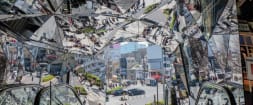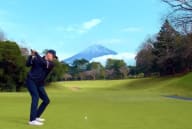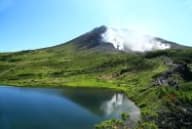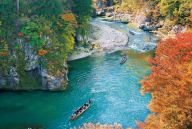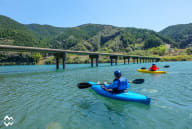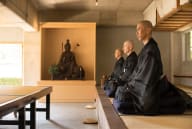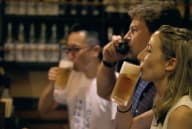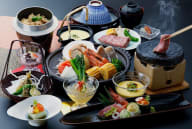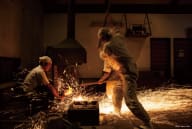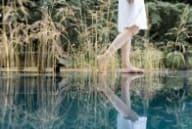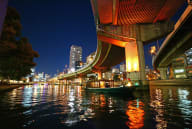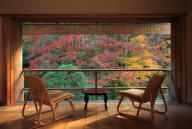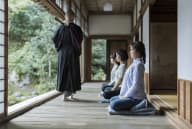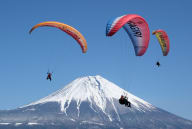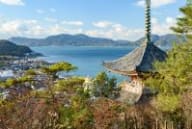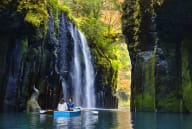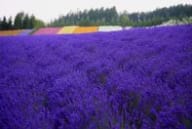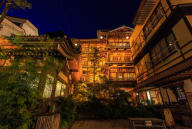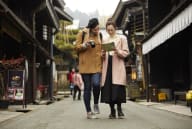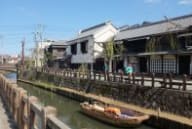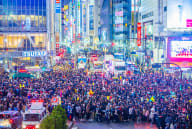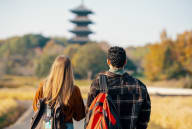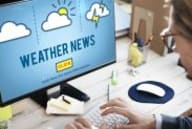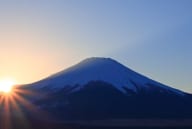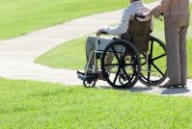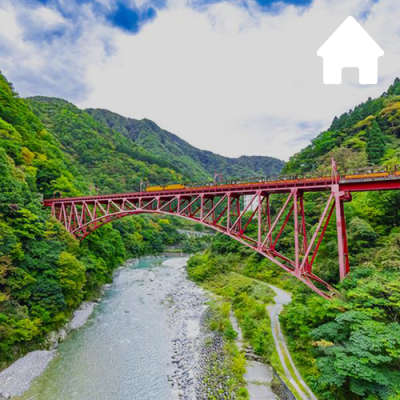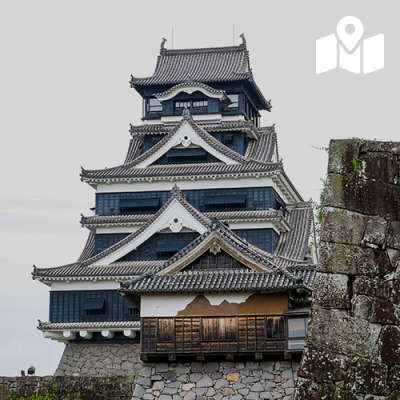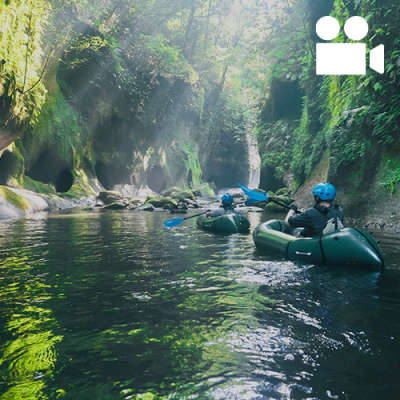Use the
Planning a Trip to Japan?
Share your travel photos with us by hashtagging your images with #visitjapanjp
Set in the very heart of Japan, Kansai has flourished since antiquity as a cradle of culture and faith. Here, food culture—deeply linked to daily life—nurtures both body and soul. Every grain of wisdom handed down through generations makes full use of gifts from sea and mountains, turning ingredients into stories of the land itself. Visitors are invited not merely to taste, but to walk, talk, and create alongside local producers—adding their own heartbeat to the rhythms that keep Kansai’s food culture alive.
Local Insight

We asked Kazuhiro Nomura of Hyokichiya—who leads the Ama hut experience tour—to share his insights.
Q. What makes this tour special?
This tour offers a rare chance to hear directly from active ama—female free divers who still harvest seafood by hand, a tradition that exists in very few places around the world. At the ama hut, guests enjoy freshly grilled seafood cooked by the ama themselves while listening to stories of their daily lives and fishing practices. All the ama are full of energy and joy. Many guests tell us that just hearing their stories gives them a boost of positivity. At the end of the experience, the ama perform a traditional folk dance called Osatsu Ondo, and guests are welcome to join in. It’s a fun and memorable way to connect through culture.
Q. What makes the Ise-Shima area so appealing?
This region brings together three uniquely Japanese elements: the spiritual presence of Ise Jingu Shrine—a place many call the spiritual “home” of the nation, a rich maritime culture represented by the ama, and a long, scenic coastline. All of this is found within Ise-Shima National Park. In fact, Ise-Shima is home to the largest number of active ama in Japan. The area is also known for pearl cultivation —Mikimoto Pearl Island here is where pearl farming was first successfully developed. For Expo 2025, the Liberty Bell crafted by Mikimoto will be on display, continuing the area's legacy of craftsmanship and cultural pride.
Q. How does the tour echo EXPO 2025’s theme: Empowering Lives?
The culture of the ama stretches back over 3,000 years. Shell mounds from the Jomon period contain the shells of abalone—something you can only harvest by diving—as well as primitive tools made from animal bone and antler, used to pry them from rocks. Through this tour, guests can encounter a living culture passed down from generation to generation, a rhythm of life that has continued across millennia. Some may expect that the ama, many of whom are older, dive out of necessity. But in reality, they do it with joy, pride, and a deep sense of purpose. For them, it’s a way of life. Many visitors come away deeply moved—not just by the ama’s incredible skills, but by their passion and the fulfillment they find in their work. It’s a powerful reminder of how tradition, food, and human resilience can carry forward sustainably into the future.
DAY 1
Osaka

DAY 2
The Mystique of Wild Game (Gibier)
Osaka
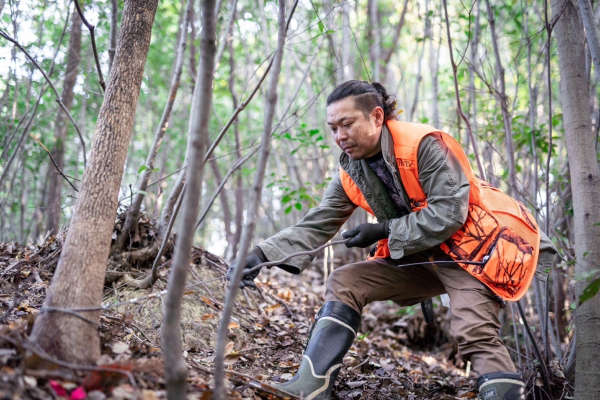
A restaurant owner–and professional hunter–guides you through tracking, snare-setting, and every step from field to table.

By honoring the life taken and engaging in each stage of the hunt, you discover the truest, most flavorful side of wild game.
A one-day trip that starts and ends at your Osaka hotel leads you deep into the mountains with a professional hunter to explore the true meaning of gibier—wild game. Tracking and setting snares, you confront firsthand the reality of taking life for food and learn the age-old skills that let people live in tandem with nature. The day culminates in a full-course feast of game you helped procure yourself, an unforgettable way to feel the profound link between life and the meal on your plate.
DAY 3
Ise–Shima
Mie

Uji Bridge at the entrance to Ise-Jingu Shrine’s Inner Sanctuary—said to span the divide between the everyday and the sacred.
From Osaka, it’s just under two hours by limited-express train to the doorstep of Ise-Jingu Shrine. With a 2,000-year history, Ise-Jingu Shrine is Japan’s most venerated sanctuary—often called the spiritual “home” of the nation—and it buzzes year-round with pilgrims.
Thirty minutes’ drive from the Inner Shrine brings you to Ama Hut Hachiman Kamado, a rustic hut in the town that hosts Japan’s largest community of female free-divers. Gather around a charcoal hearth as the ama grill abalone, spiny lobster, and other seafood caught that very morning, all while sharing tales of life beneath the waves.
Back in Ise, step into a venerable pearl workshop and open a live Akoya oyster to pluck out your own gleaming pearl.

Interior of an ama hut, where women divers warm their chilled bodies beside a crackling fire after free-diving for seafood.

Your freshly harvested pearl is immediately set by a veteran artisan into the accessory of your choice, ready to take home that very day.
DAY 4/5
Kumano Kodo & Temple-Stay Experience
Wakayama

Moss-cloaked Daimonzaka, its cobbled steps hemmed by 800-year-old cedars and steeped in mystery.
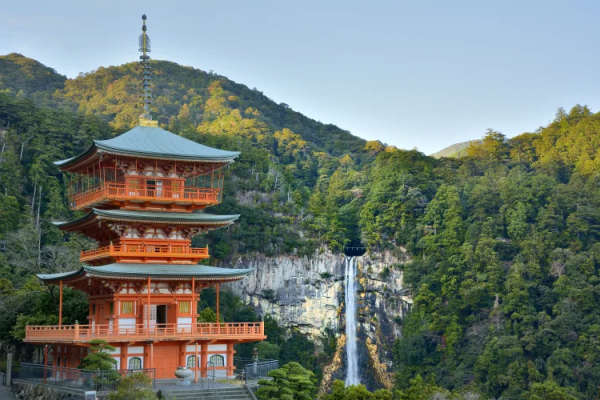
From behind Seigantoji Temple’s main hall on Mt. Nachi, the vermilion three-tier pagoda and Nachi Falls align in one iconic shot.
Travel onward by private car to Wakayama and the Kumano Kodo, a pilgrimage route that holds both UNESCO World Heritage status and the Michelin Green Guide’s three-star rating. The ancient paths once linked Kyoto, Ise, and Mt. Koya to the three grand Kumano shrines. One of the most iconic sections is the Daimonzaka approach: follow its mossy stone steps through towering cedars to Kumano Nachi Taisha Shrine, neighboring Seigantoji Temple, and the dramatic Nachi Falls. The out-and-back walk takes about three hours—watch your footing, breathe the hush of the forest, and feel centuries of devotion in every step. With many shrines, temples, and soothing hot springs nearby, plan to stay overnight and explore at an unhurried pace.
For lodging, try a temple stay at Daitaiji Temple, founded over 1,200 years ago. Beyond its treasured Buddhist statues, the temple invites guests to join zazen meditation, trace sutras with brush and ink, and greet dawn with a simple bowl of ceremonial rice porridge—an immersive way to rest, reflect, and recharge after a day on the sacred trail.

Authentic zazen in a Zen temple—settle the mind and experience the heart of meditation.











